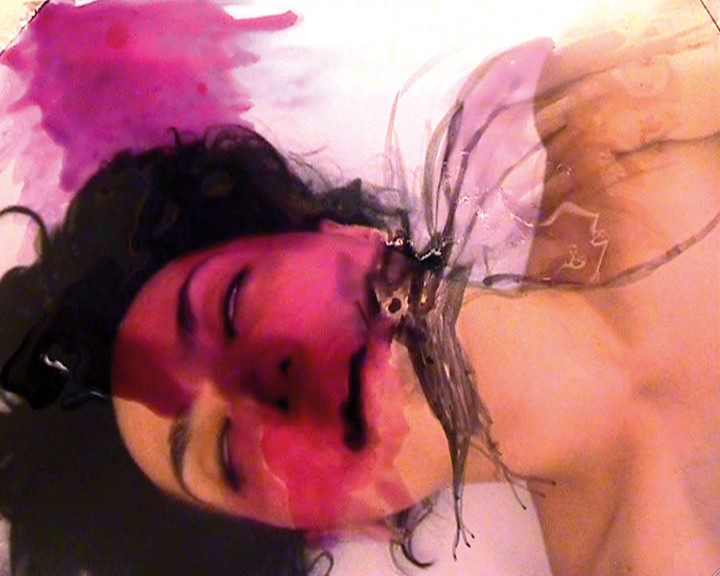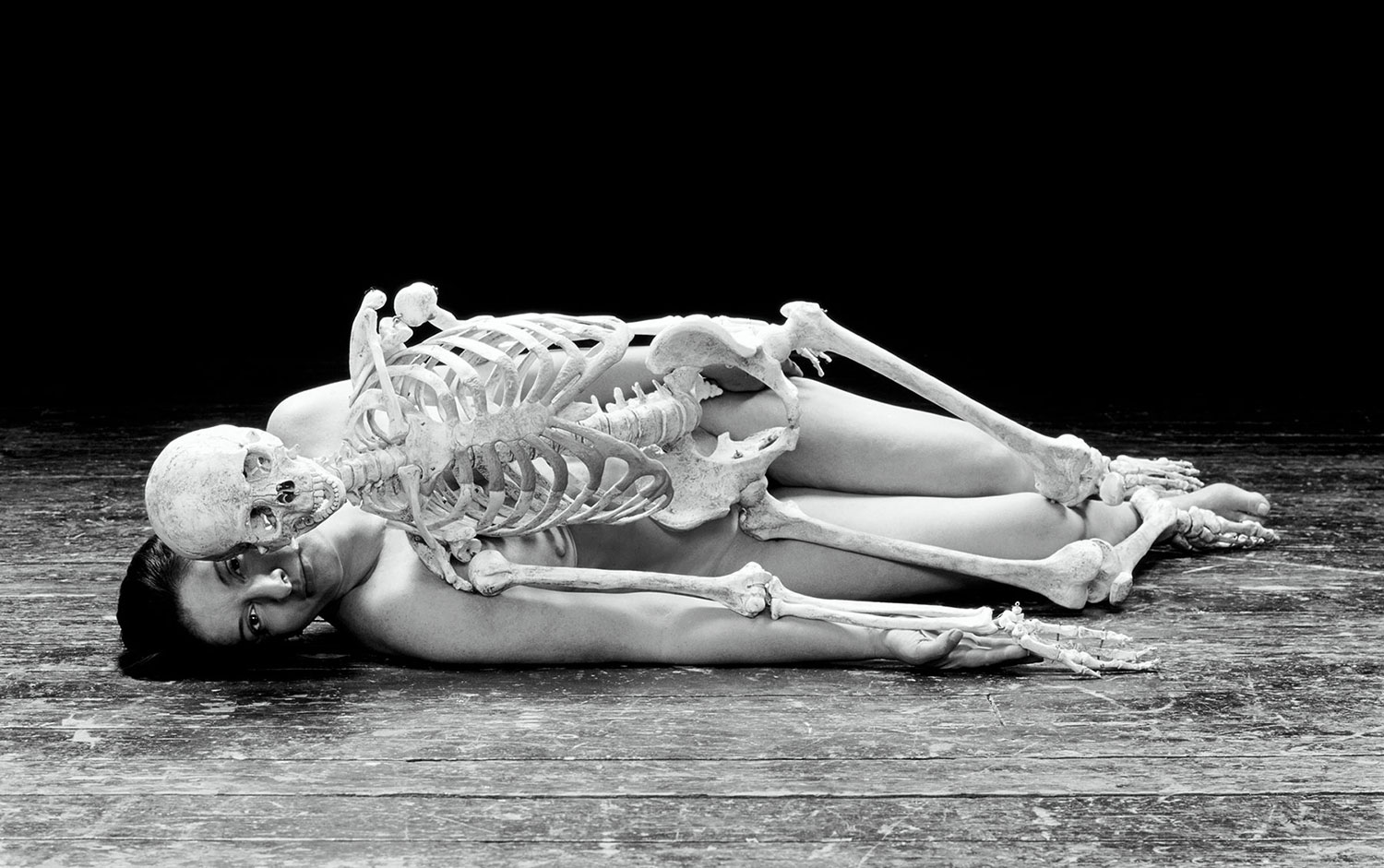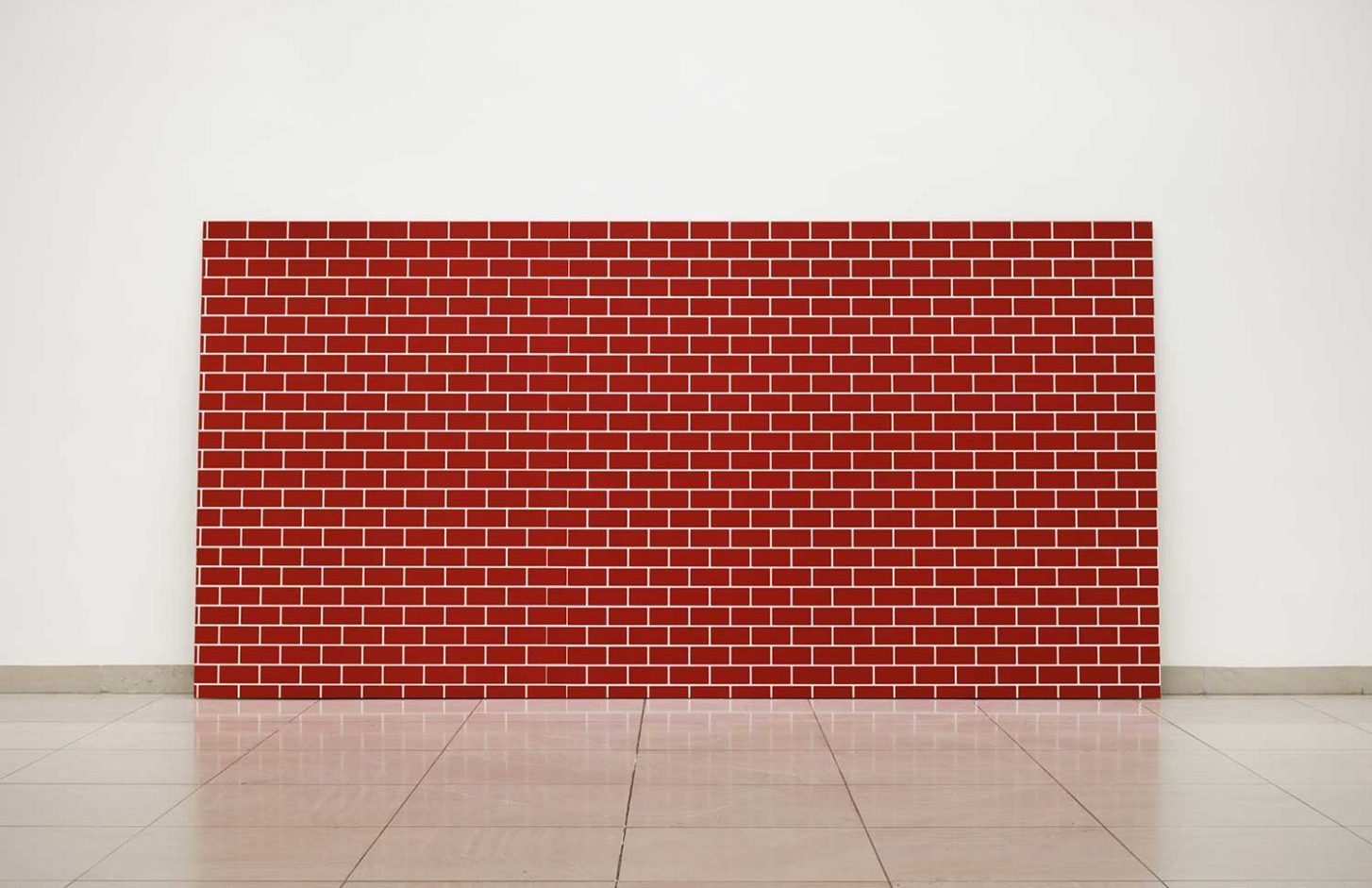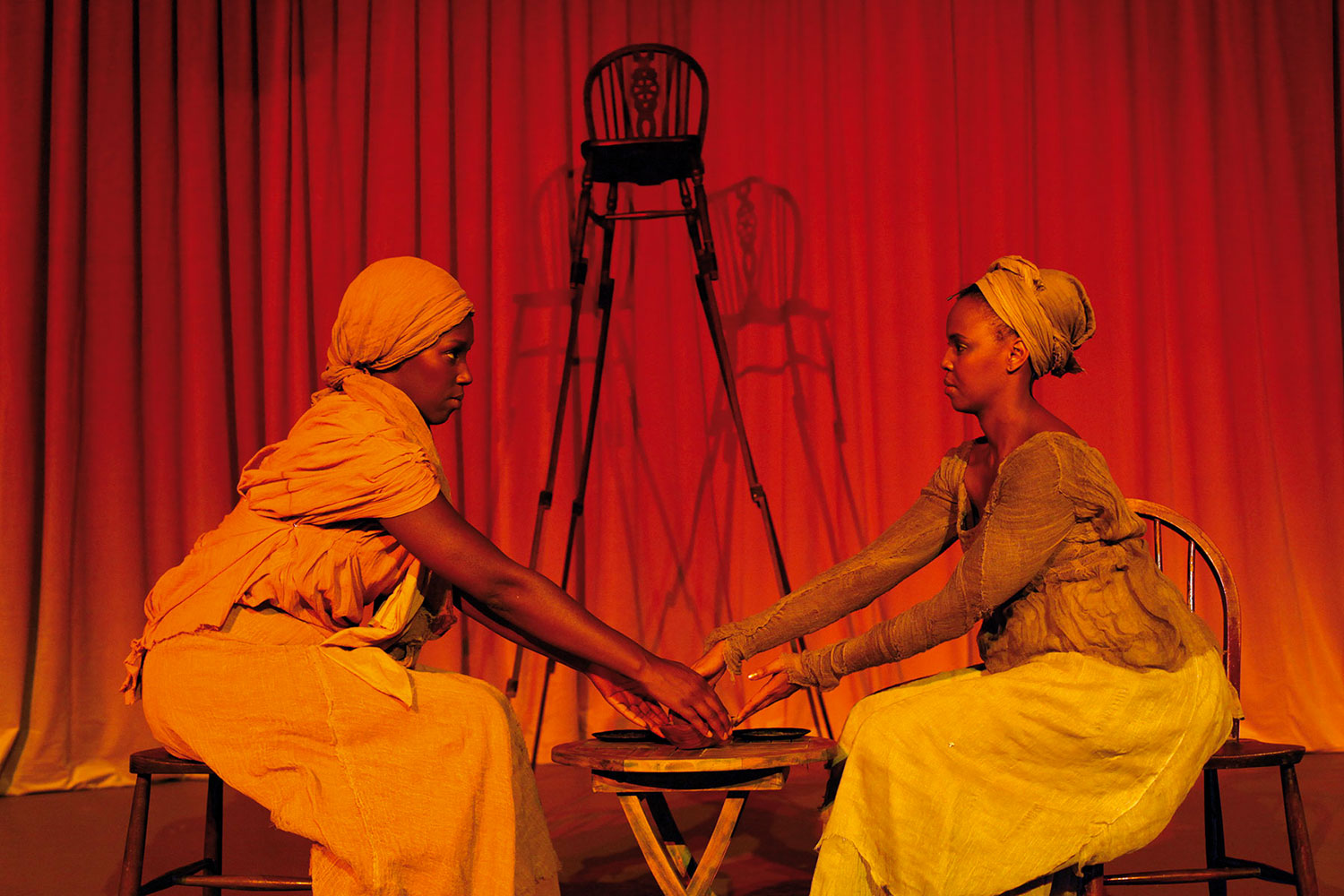
Last night a gallery director poked me on Facebook. This was followed by a message: “I have great works, all new, about the revolution in Egypt. A must see!” I wrote back: “While you’re at it, why don’t you throw in a few T-shirts with images from Tahrir printed on the front and the words ‘Politics Sell’ on the back?”
Over the last few months, ardent fans of “socially engaged art” have been involved in an absurd exercise of divination about how ongoing events will influence the practice of artists from and in Egypt. The politicization of art from the Middle East has been rampant enough, even without a revolution to fuel the ruminations of the “radical chic.” As Claire Bishop contended in her 2004 essay “Antagonism and Relational Aesthetics,” moral and political verdicts have replaced art criticism and are often too short-handedly employed to give weight to works lacking in formal and aesthetic quality. Political agency has come to exonerate bad art!
Granted, one cannot deny the influence that immediate circumstance has on who we are and what we do. Yet it would be a perilous error to insist on championing an artist’s political context over their individual stylistic and formal choices. Today’s artists, regardless of where they come from, are members of an international community who can no longer be constrained within the rhetoric of geo-political identities. The time of artistic “countrydom” is gone!
In 2010 I curated an exhibition with Till Fellrath entitled “Told / Untold / Retold: 23 stories of journeys through time and place.” Out of the 23 artists in the show, all of whom were commissioned to develop new works, five were Egyptian. Not only were each of their styles, content, trajectories and artistic aspirations entirely different, but the “Egyptian-ness” of each one of them could not have been more amorphous and almost impossible to define. Hassan Khan is known for his conceptual video work in which he fuses his skills as a Shaabi music composer and live performer. Lara Baladi is a photographer whose work increasingly assumes a three-dimensional and physical quality. The unique photographic style of Youssef Nabil revisits traditional/pre-digital hand-coloring techniques and is now moving more towards film. Amal Kenawy creates installations that mix painting, video, theater and performance art. And while the work of Ghada Amer dialogues with the likes of Jackson Pollock, Rosemarie Trockel and Barbara Kruger, her stitch paintings are rightfully her own. It doesn’t take more than a quick glance at the works of these five artists, several of whom live and work abroad or possess dual or foreign citizenship, to realize how ridiculous it is to impose a notion of homogeneous nationality on them, let alone their art. Although their works have consistently addressed a variety of political issues that continue to be at the heart of a mass discussion, it is equally imperative to note that the same artists have also often chosen to work with topics that have no connection whatsoever with the political construct of the region. Recently, the Syrian-Canadian artist Buthayna Ali commented on this labeling. “I am not myself, not Buthayna Ali, not a body, not a woman, not a Muslim, not a Syrian, not an Arab … many prisons force themselves upon me. They are combined in me, melting me, turning me into hard and fluid forms. Hard to defend my existence, while fluid to escape, through my work, away from those jails, one day I had to choose my purpose, I chose art.”
To be framed within a simplistic rhetoric of politics and identity is not a new predicament for artists who hail from places that have been unfairly perceived as peripheral centers of artistic production. When looking back, we refer to it as Orientalism or colonialism, and in some cases a nativist agenda for the building of a contrived national identity. Egypt has suffered from all three predicaments at several moments in its recent history: the Urabi Revolution of 1882, the 1919 Revolution and the 1952 Free Officers coup and the ensuing Nasserite Era. Many of Egypt’s modernist artists and intellects were caught in these treacherous winds. The sculptor Mahmoud Mukhtar, for instance, was summoned back from Paris in 1922, albeit willingly, by the leader of the national Wafd Party, Saad Zaghloul, to create the monumental sculpture Egypt Awakening that became the iconic symbol in the construction of a national propaganda. I can’t help but wonder: What could have happened had Mukhtar chosen to stay in Paris and continue working alongside artists such as Henri Gaudier-Brzeska and Constantin Brancusi? The cost an artist can pay for partaking in the construction of a nation is often too dear. The individualistic, non-conformist freedom of experimentation that leads to stylistic evolution often gets stifled for the sake of coercing creative expression into becoming a mouthpiece for social reform.
Will history repeat itself? Will our cultural ruminations and artistic fortunetelling take hold as we cling onto the contrived demarcations through which we have come to perceive the arts and the artists of the region with Egypt being in the lead nowadays? Some of us will choose the hard path to self-education. But most of the rest will continue to tweet and poke away. I, on the other hand, have to empty my inbox of unsolicited images of artworks depicting Mubarak as a fallen Pharaoh and move on to some serious Facebook un-friending before I get poked again.





